A few months ago I had been reevaluating my understanding of what the practice of design is. I had been so focused on the web for the past couple of years that it was hard for me to see beyond the pixels – usability, elegance, web standards, etc etc. After attending the Better World by Design conference in September I realized that many of the projects I was interested in were collaborative, contextual initiatives that were focused on a process rather than just the end result, and some had nothing whatsoever to do with the web. I was totally lamenting my lack of skills and knowledge in other mediums because it seemed like so many of the presenters had such specialized knowledge. Then I sort of shelved all this thinking because I was like, dude, we're going on a trip!
But! Once we got going of course I couldn't stop thinking about design. Some of the things that I've seen on this trip now have me completely convinced that everyone can be a designer – if I just tweak what my definition of design is. It's not about years of schooling, in fact it's quite the opposite. It's really about jumping in, trying things out and learning from mistakes. It's about knowing a little something about everything – from physics to plumbing to chicken wrangling to business basics – or asking somebody who knows about it or reading up on it. It's taking your resources – whether it's skills, people, materials, knowledge – and figuring out a process to serve some kind of purpose. It takes creativity to mix those things together and to see constraints as a positive aspect. And it's being honest with yourself about the success of a process, and figuring out where you can make improvements or even to start all over again. We saw ingenious solutions for dealing with water, from capture to storage to irrigation to filtering to making it hot, and they were created with a minimum of technology and parts so that maintenance can be easily done by many people. Various composting processes take advantage of the climate or properties of different microorganisms. I could see the design evolution of the earthen buildings at Pun Pun, where successful features like termite-proof concrete foundations and spaces under the eaves for air circulation have been incorporated, and formulas for exterior finishes have been refined over time. It's also been helpful to have other community projects that I've visited in the past like Bulungula to compare with to see how specific environmental and cultural conditions impacted the solution to similar problems. Gaining experience doesn't have to take a lifetime, either. A short tutorial with a morning practical of building adobe bricks, and then plastering and painting a bench in an afternoon, made building so much more approachable, tangible and possible. It seems like the key is to have hands-on workshops where people can get a taste for a particular process and then they can take it as far as they want, and to constantly circulate people back into the community to share new techniques and successful methods. You can't discount the power of collaboration in this definition of design either. Nobody knows everything, and it's so much better to share that knowledge; people who are new to it may have some great insights into a process because they're fresh to it. And above all a successful project is dependent upon possessing complete confidence that everyone you're working with is one hundred percent capable of being a great designer.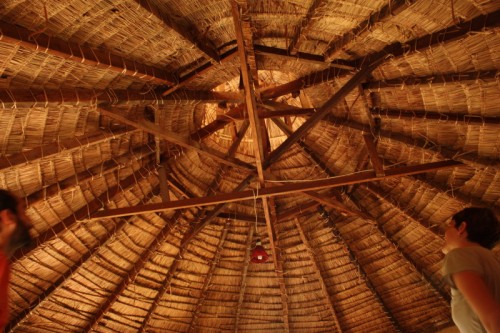


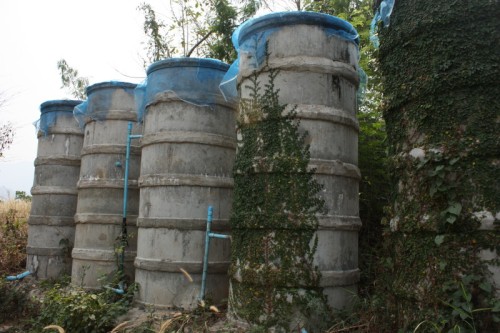
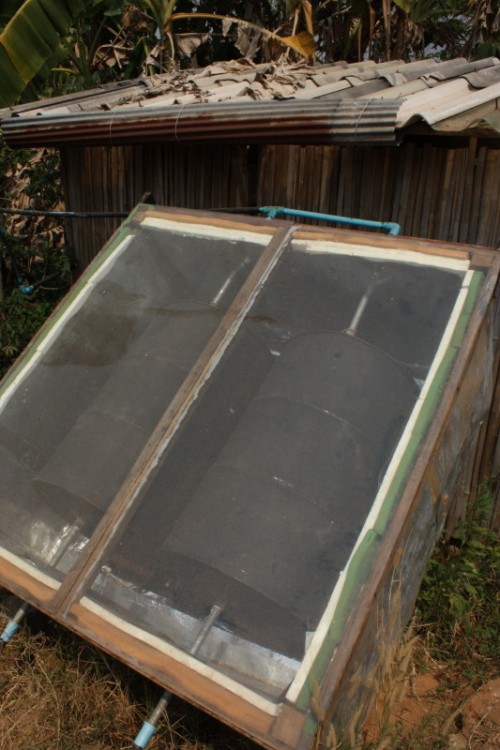

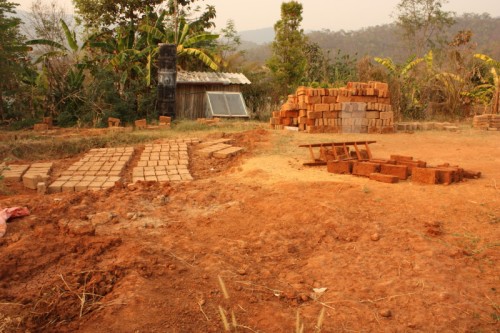

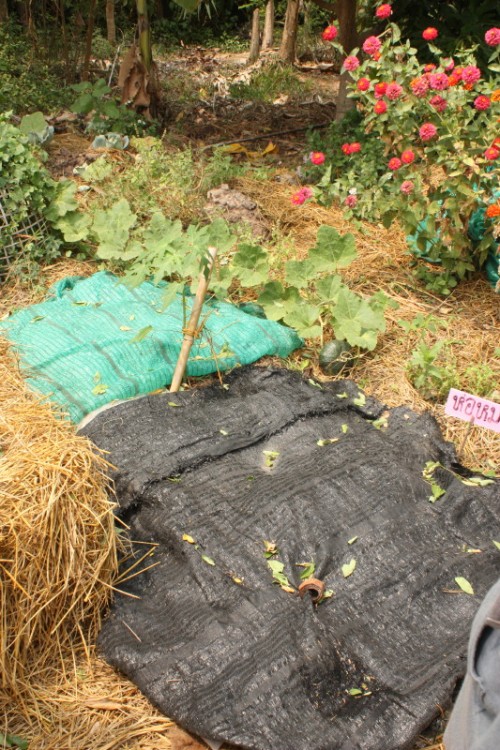
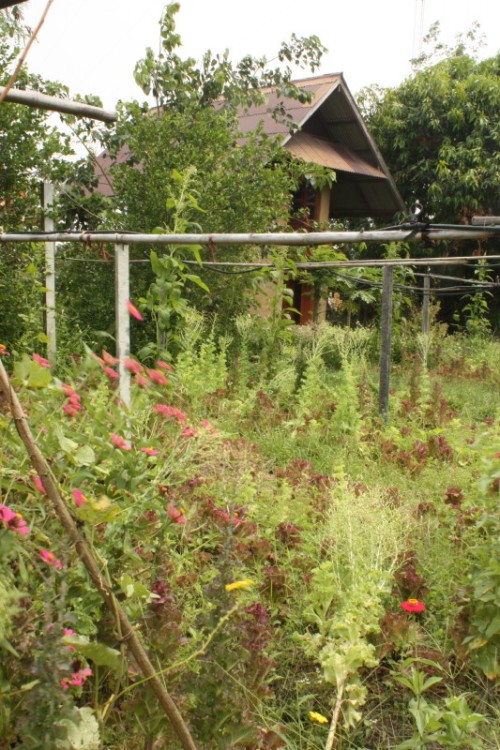
Yay getting out there and getting life experience. You’ve just made me feel better about myself b/c I’ve been feeling lame for the past few days. Thx.
Nature will give you a lot of inspiration for design. Can’t beat nature’s creation!